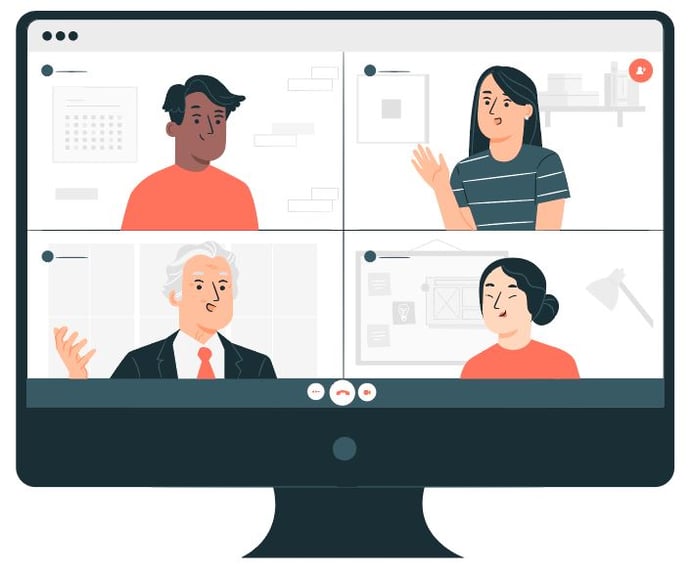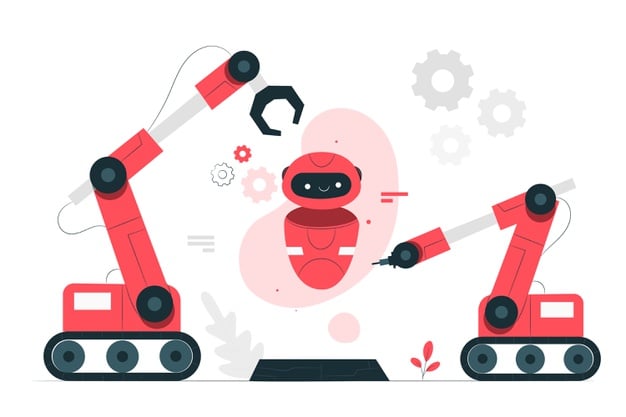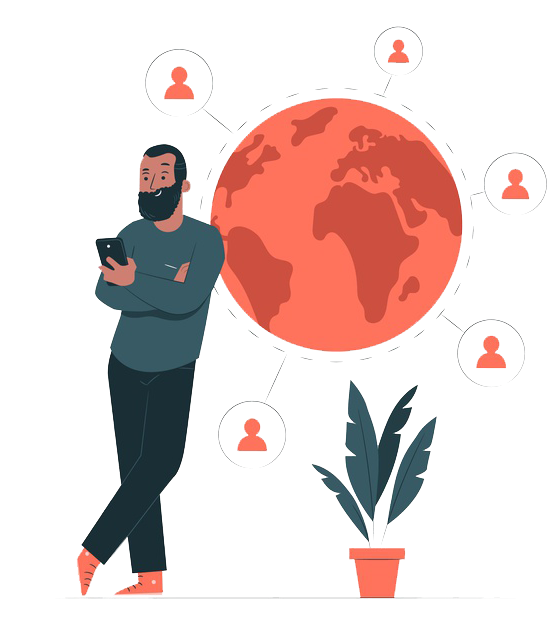
5.9%
The U.S.
unemployment
rate.
Current Trends:
- Employers have their pick of top talent
- The hiring process is taking longer than before
- Hardest hit by permanent job losses are sectors such as hospitality and leisure
- Risks associated with COVID-19 are a concern for some workers
- School closures and childcare costs challenge many working parents













